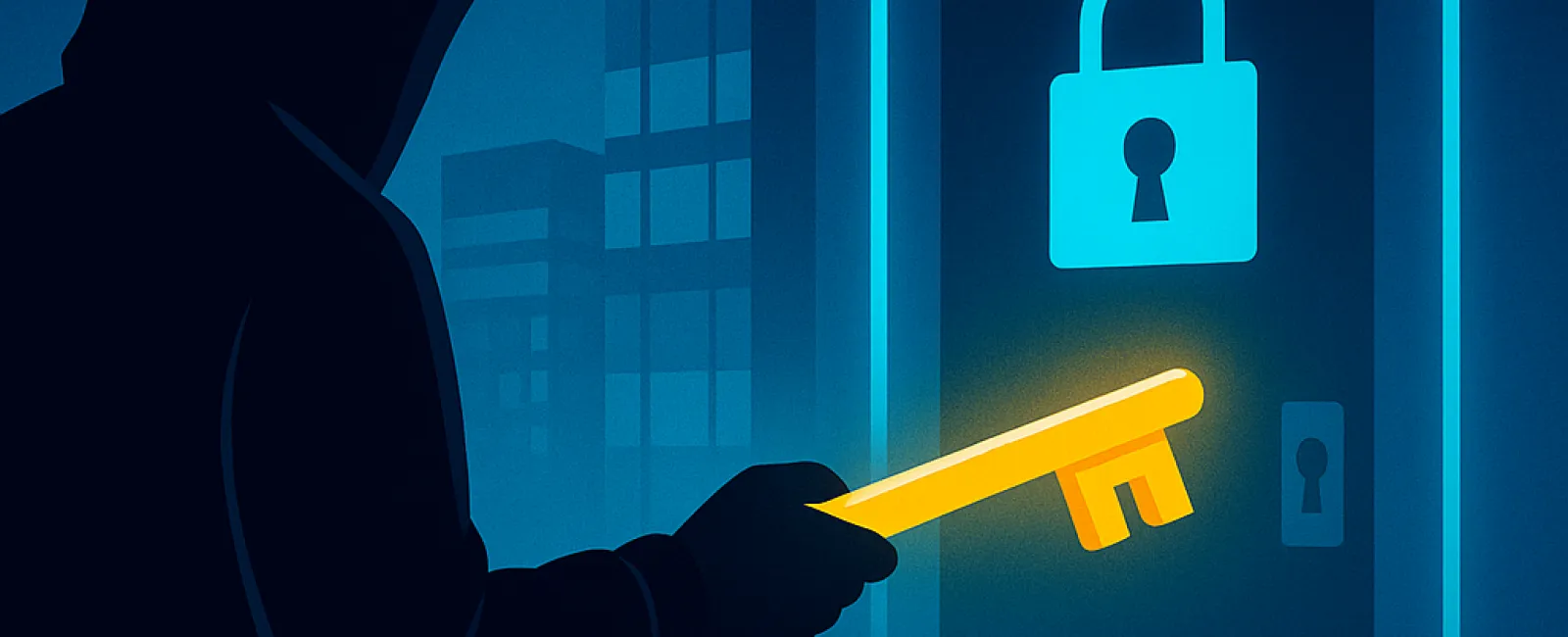August 03, 2025
Cybercriminals have evolved their tactics to infiltrate small businesses—not by force, but by quietly slipping in through stolen login credentials.
This method, known as an identity-based attack, has surged to become the primary way hackers breach systems. They steal passwords, deceive employees with counterfeit emails, and overwhelm users with login prompts until one unwittingly grants access. Unfortunately, this approach is proving devastatingly effective.
In fact, recent data from a leading cybersecurity firm reveals that 67% of significant security breaches in 2024 stemmed from compromised login details. High-profile companies like MGM and Caesars experienced these attacks recently—so smaller businesses are far from exempt.
How Are Hackers Breaking In?
Many attacks originate with something as simple as a stolen password, but hackers are employing increasingly sophisticated methods:
· Phishing emails and fraudulent login portals trick employees into revealing credentials.
· SIM swapping allows thieves to intercept text messages that deliver two-factor authentication codes.
· Multi-factor authentication (MFA) fatigue attacks relentlessly bombard phones with login requests, hoping someone will accidentally click "Approve."
Hackers also target personal devices of employees and external vendors like help desks and call centers to find an entry point.
Essential Steps to Fortify Your Business
The good news? You don't have to be a cybersecurity expert to protect your company. Taking a few effective actions can dramatically improve your defenses:
1. Enable Multifactor Authentication (MFA)
Implement MFA as a second layer of security during login. Choose app-based or hardware key MFA options, as these are far more secure than SMS codes.
2. Empower Your Team with Training
Educate employees on spotting phishing attempts and suspicious activities. A well-informed team shields your business by recognizing threats before they cause harm.
3. Restrict Access Privileges
Grant users only the access necessary for their roles. If attackers compromise an account, limited permissions reduce the potential damage.
4. Adopt Strong Passwords or Passwordless Solutions
Encourage staff to use password managers or advanced authentication methods like biometrics or security keys that minimize reliance on traditional passwords.
The Bottom Line
Hackers are constantly devising new ways to steal your login credentials. Staying one step ahead requires smart protection measures—not complex strategies.
We're here to assist you in implementing robust safeguards that keep your business secure without burdening your team.
Wondering if your business is at risk? Let's talk. Click here or give us a call at 1300 136 410 to book your 15-Minute Discovery Call.



